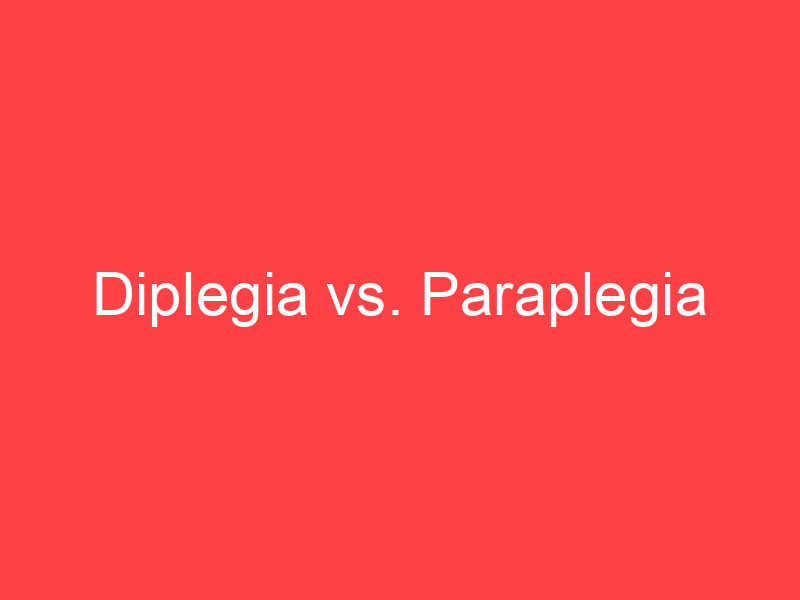-
Diplegia
Diplegia, when used singularly, refers to paralysis affecting symmetrical parts of the body. This should not be confused with hemiplegia which refers to spasticity restricted to one side of the body, or quadriplegia which requires the involvement of all four limbs but not necessarily symmetrical. Diplegia is the most common cause of crippling in children, specifically in children with Cerebral Palsy. Other causes may be due to injury of the spinal cord. There is no set course of progression for people with diplegia. Symptoms may get worse but the neurological part does not change. The primary parts of the brain that are affected by diplegia are the ventricles, fluid filled sacs in the brain, and the wiring from the center of the brain to the cerebral cortex. There is also usually some degeneration of the cerebral neurons, as well as problems in the upper motor neuron system. The term diplegia can refer to any bodily area, such as the face, arms, or legs.
-
Paraplegia
Paraplegia is an impairment in motor or sensory function of the lower extremities. The word comes from Ionic Greek παραπληγίη “half-striking”. It is usually caused by spinal cord injury or a congenital condition that affects the neural (brain) elements of the spinal canal. The area of the spinal canal that is affected in paraplegia is either the thoracic, lumbar, or sacral regions. Common victims of this impairment are veterans or members of the armed forces. If four limbs are affected by paralysis, tetraplegia or quadriplegia is the correct term. If only one limb is affected, the correct term is monoplegia.
Spastic paraplegia is a form of paraplegia defined by spasticity of the affected muscles, rather than flaccid paralysis.
The American Spinal Injury Association classifies spinal cord injury severity. ASIA A being the complete loss of sensory function and motor skills below the injury. ASIA B is having some sensory function below the injury, but no motor function. ASIA C some motor function below level of injury, but half the muscles cannot move against gravity. ASIA D, more than half of the muscles below the level of injury can move against gravity. ASIA E which is the restoration of all neurologic function.
-
Diplegia (noun)
Paralysis that affects symmetrically opposed parts of the body.
-
Paraplegia (noun)
A condition where the lower half of a patient’s body is paralyzed and cannot move.
-
Diplegia (noun)
paralysis of corresponding parts on both sides of the body, typically affecting the legs more severely than the arms.
-
Paraplegia (noun)
paralysis of the legs and lower body, typically caused by spinal injury or disease.

